TIERA low-noise coaxial sensor cable is a type of cable designed specifically for transmitting signals with minimal interference and noise. It’s commonly used in applications where accurate and reliable signal transmission is crucial, such as in scientific research, industrial monitoring, medical devices, and telecommunications.
Here are some key features and characteristics of low-noise coaxial sensor cables:
- Connectors: The cable is terminated with connectors compatible with both 10-32 /M5 and BNC interfaces. These connectors allow for easy and secure connection to devices or sensors equipped with corresponding ports. The 10-32 and M5 connector is commonly used in scientific and industrial applications, while the BNC connector is widely used in telecommunications, test equipment, and audio/video applications.
- Coaxial Design: These cables consist of a central conductor surrounded by an insulating layer, which is then surrounded by a metallic shield. This coaxial design helps to minimize electromagnetic interference (EMI) and radio frequency interference (RFI).
- Shielding: The metallic shield surrounding the central conductor serves to protect the signal from external interference. High-quality low-noise cables often have multiple layers of shielding to provide maximum protection against noise.
- Low Capacitance: Capacitance in a cable can introduce noise and signal degradation. Low-noise coaxial sensor cables are engineered to have low capacitance, which helps to maintain signal integrity over long distances.
- High-Quality Materials: These cables are typically constructed using high-quality materials such as low-loss dielectrics and precision-engineered conductors. This ensures minimal signal loss and distortion.
- Impedance Matching: Coaxial cables are designed to have a specific characteristic impedance. Low-noise sensor cables are carefully engineered to match the impedance of the connected devices or sensors, reducing signal reflections and improving signal quality.
- Flexible and Durable: Despite their sophisticated design, these cables are often flexible and durable, allowing for easy installation and reliable performance in various environments.
- Application-Specific Variants: Depending on the application, there may be specialized variants of low-noise coaxial sensor cables available, optimized for factors such as temperature range, chemical resistance, or mechanical stress.
Overall, low-noise coaxial sensor cables play a crucial role in ensuring accurate and reliable signal transmission in sensitive applications where noise can degrade performance or introduce errors.









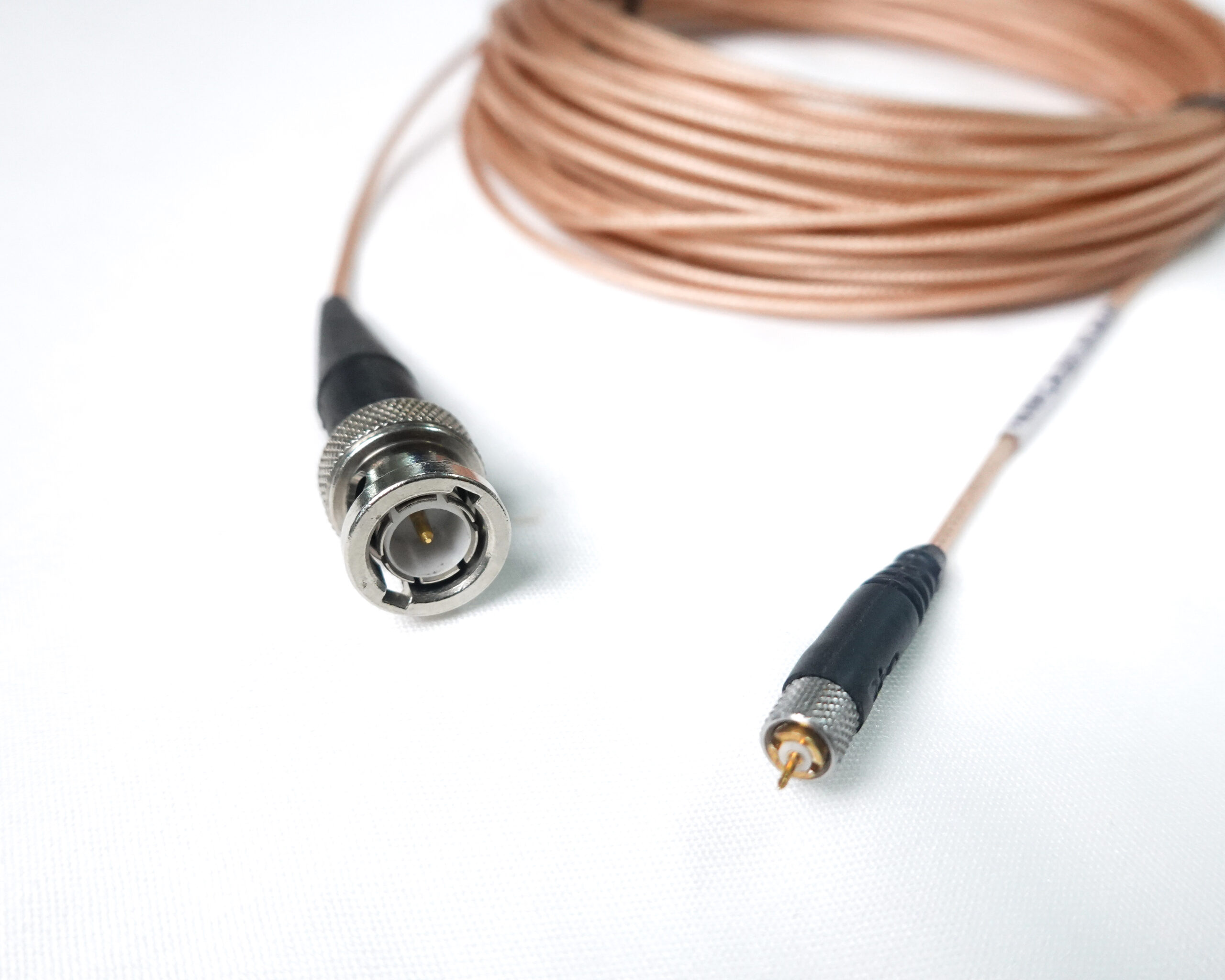
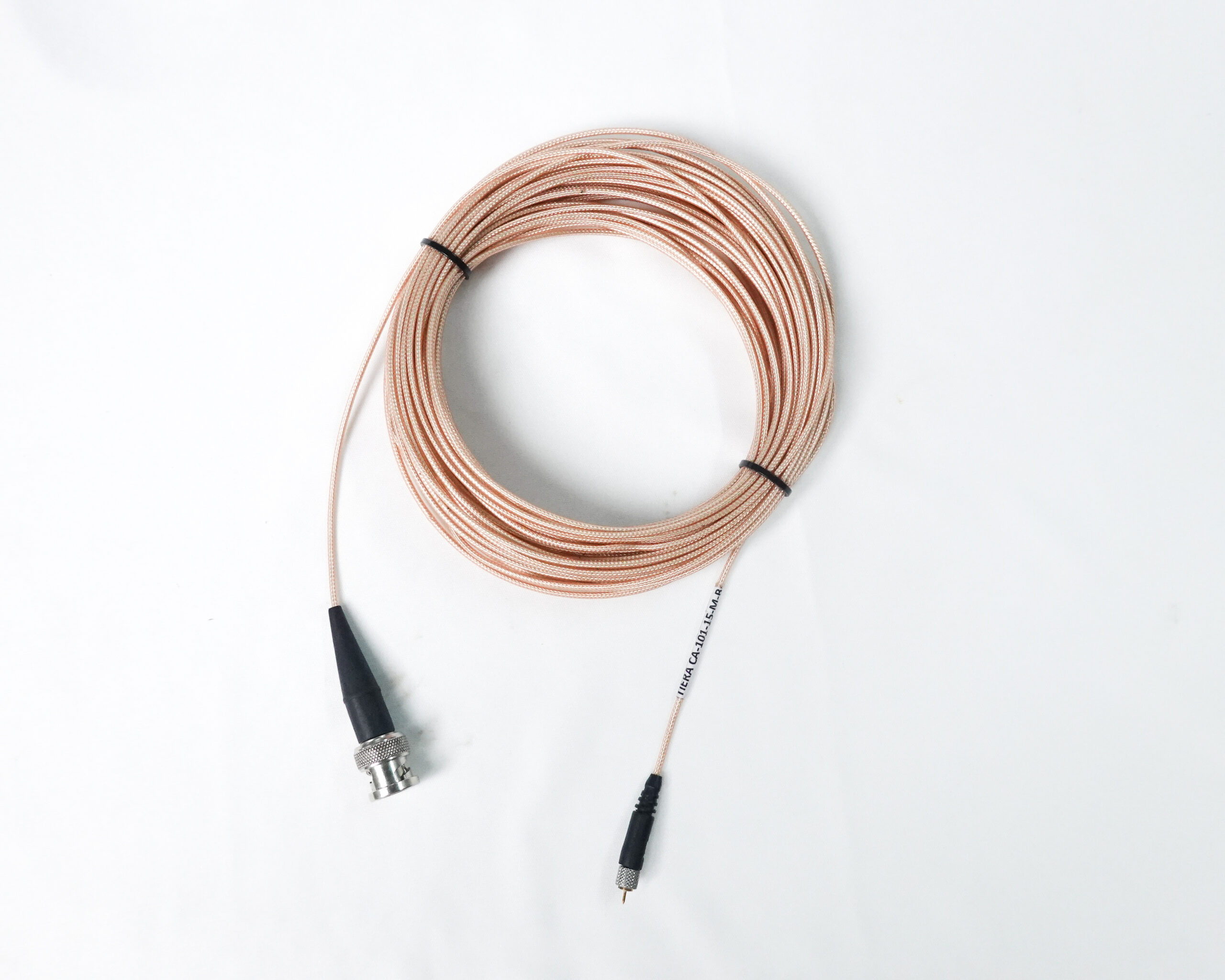
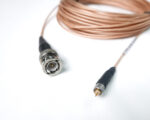
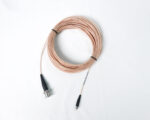
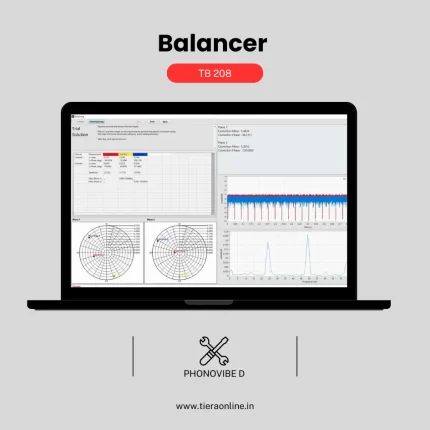
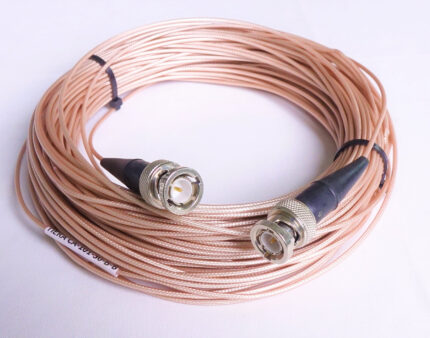
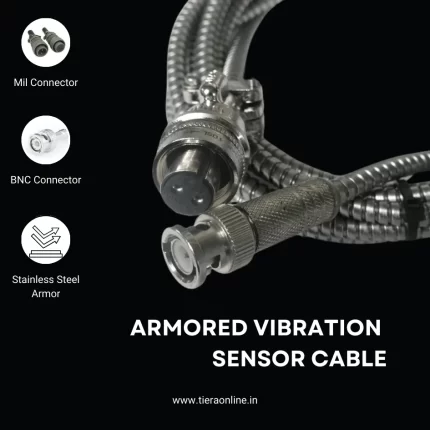
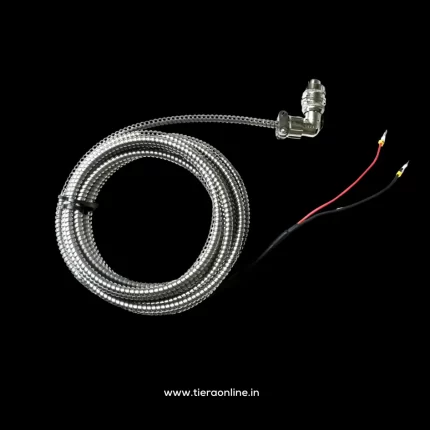
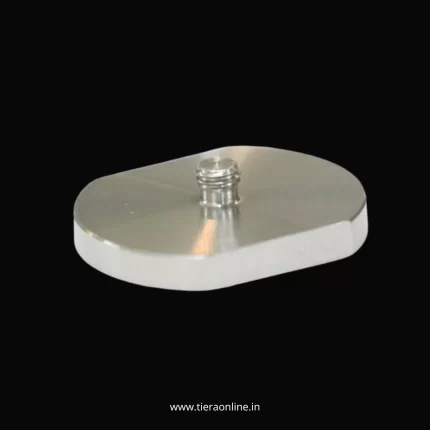

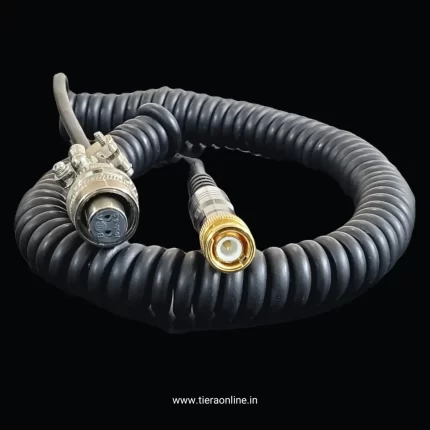
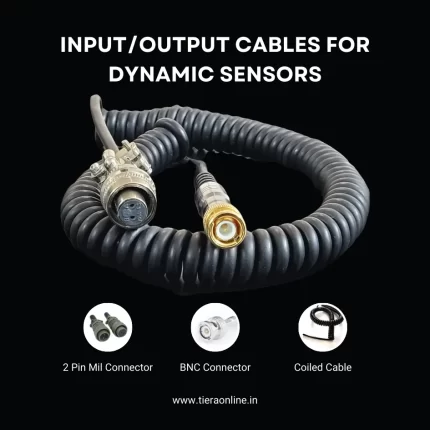
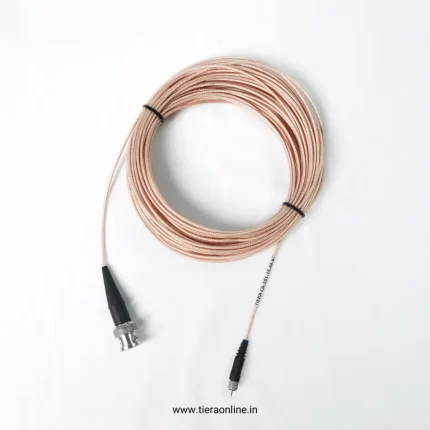

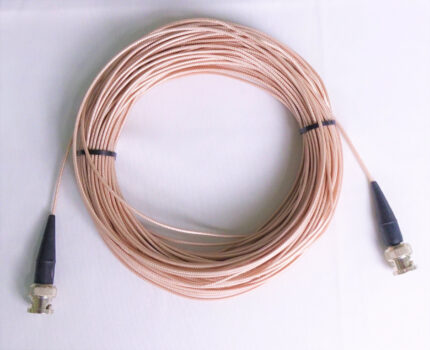
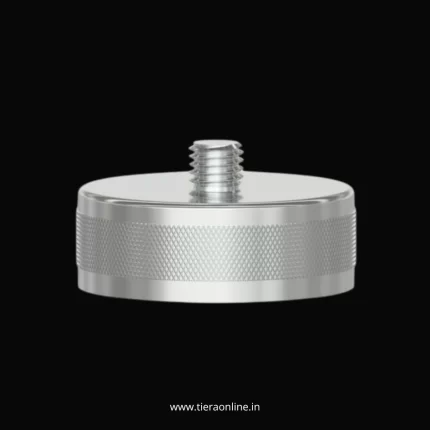
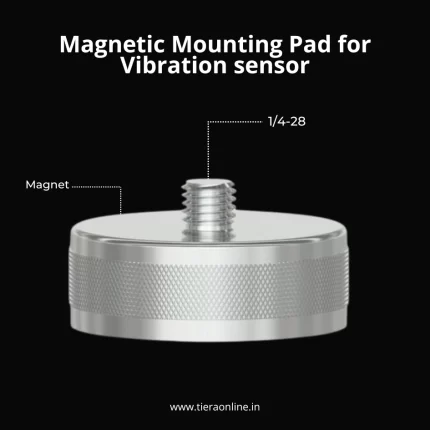
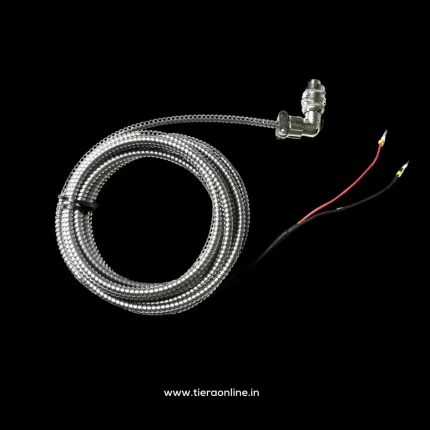
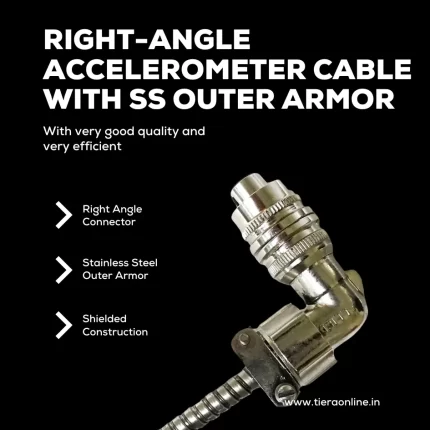
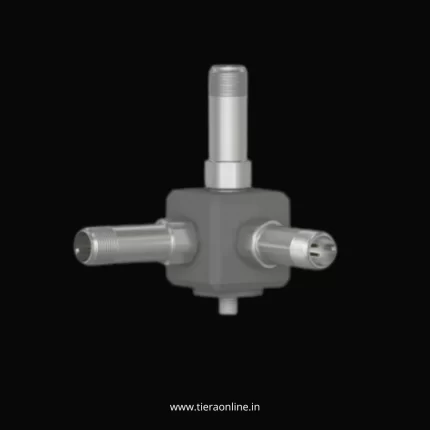
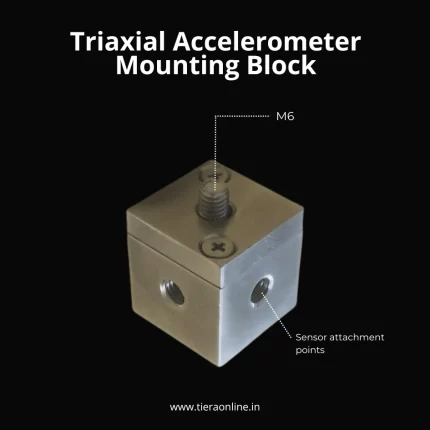
Reviews
There are no reviews yet.